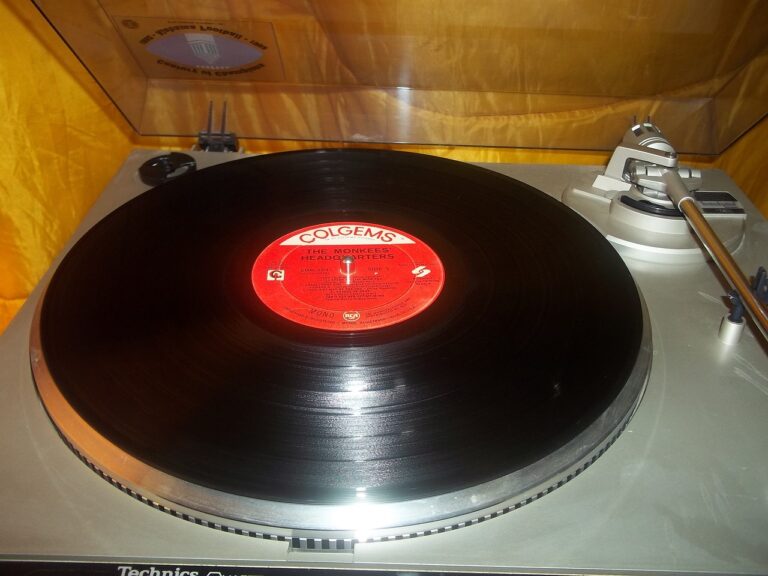The Evolution of Film Cameras: From Analog to Digital
sky247 com login password, gold365 game login, gold 365 green:The Evolution of Film Cameras: From Analog to Digital
Remember the days when capturing memories meant loading film into a camera, carefully framing your shot, and crossing your fingers that it turned out well? Film cameras have come a long way since those days, evolving from analog to digital technology. In this post, we’ll take a trip down memory lane to explore the fascinating journey of film cameras and how they have transformed over the years.
The Rise of Analog Cameras
Analog cameras, also known as film cameras, have been around for centuries. The first camera obscura, a precursor to the modern film camera, was invented in the 11th century. However, it wasn’t until the early 19th century that the first practical photographic process was developed by French inventor Louis Daguerre.
The analog cameras that we are most familiar with today first gained popularity in the late 19th and early 20th centuries. These cameras used film to capture images, which had to be developed and printed in a darkroom. This process required a certain level of skill and expertise, making photography more of an art form than a casual hobby.
Analog cameras continued to evolve over the years, with advancements in technology leading to improvements in image quality, shutter speed, and exposure control. However, the introduction of digital cameras in the late 20th century signaled a new era in photography.
The Dawn of Digital Cameras
Digital cameras revolutionized the way we take photos, offering instant gratification and the ability to view and edit images on the spot. The first digital camera was invented by Steven Sasson at Eastman Kodak in 1975, but it wasn’t until the 1990s that digital cameras became widely available to consumers.
Digital cameras use a digital sensor to capture images, eliminating the need for film and the cumbersome development process. This allowed photographers to take more photos at a fraction of the cost and to experiment with different settings and effects without the fear of wasting film.
The transition from analog to digital cameras was met with some resistance from purists who believed that film photography was the only true form of photography. However, the convenience and versatility of digital cameras eventually won over even the most die-hard film enthusiasts.
The Evolution of Digital Cameras
Digital cameras have continued to evolve at a rapid pace, with advancements in technology leading to smaller, lighter, and more powerful cameras. Today, we have a wide range of digital cameras to choose from, including compact point-and-shoot cameras, mirrorless cameras, and DSLRs.
Compact point-and-shoot cameras are great for beginners and casual photographers who want a simple, easy-to-use camera. These cameras are small and lightweight, making them perfect for travel and everyday photography.
Mirrorless cameras combine the best of both compact and DSLR cameras, offering interchangeable lenses and advanced features in a smaller, more compact body. These cameras are popular among professional photographers and enthusiasts who want the versatility of a DSLR without the bulk.
DSLR cameras are the workhorses of the photography world, offering the highest quality images and the most control over settings. These cameras are used by professional photographers and hobbyists who want to take their photography to the next level.
FAQs
Q: Are film cameras still relevant in the digital age?
A: While digital cameras have largely replaced film cameras for most applications, film photography still has a dedicated following among enthusiasts who appreciate the nostalgic feel and unique aesthetic of film.
Q: What are the advantages of digital cameras over film cameras?
A: Digital cameras offer instant gratification, the ability to view and edit images on the spot, and the convenience of not having to deal with film. They also allow for a greater range of settings and effects.
Q: What should I consider when choosing a digital camera?
A: When choosing a digital camera, consider factors such as sensor size, resolution, lens compatibility, and ease of use. Think about how you plan to use the camera and what features are most important to you.
In conclusion, the evolution of film cameras from analog to digital has transformed the world of photography, making it more accessible, versatile, and exciting than ever before. Whether you prefer the convenience of a digital point-and-shoot camera or the power and control of a DSLR, there has never been a better time to capture memories and unleash your creativity through photography.







